Yosemite National Park is one of the most popular destinations in the US, attracting over 4 million visitors annually. Known for its towering granite cliffs, picturesque meadows, wildflowers, and ancient sequoias, there is no shortage of breathtaking views and incredible experiences.
Visiting the Yosemite National Park is a mesmerizing experience that offers breathtaking views of towering waterfalls, grand meadows, ancient giant sequoias, and much more. However, planning your visit at the right time can significantly enhance your experience.
Take a look at these expert tips, including the best time to visit, clothing tips, travel advice, accommodation suggestions, and dining options to make your trip to Yosemite unforgettable.
Best Time To Visit — Considering The Seasons
While every traveler’s desire could shift the interpretation of the best time to visit, further understanding each season’s characteristics can help you decide on timing.
For many, springtime is the best time of year to visit Yosemite National Park. As winter melts away, the park comes alive with a vibrant display of natural wonders. From mid-April to June, Yosemite Valley wears a vivid palette of wildflowers, with blooms peaking in late May.
- Spring (April-May): A great time to observe stunning wildflowers and waterfalls at their peak and witness the park’s wildlife. However, be prepared for varying temperatures and occasional snowfall, especially at higher elevations.
- Summer (June-August): Peak season with pleasant weather and all park areas accessible. Expect large crowds, limited or costly lodging options, and a higher chance of wildfires affecting the park’s air quality.
- Fall (September-October): Beautiful fall colors in the Yosemite Valley, fewer crowds, and moderate temperatures make this a perfect time to hike and explore. However, the waterfalls may be less impressive compared to spring.
- Winter (November-March): Ideal for winter sports enthusiasts to enjoy skiing, snowboarding, and snowshoeing. Access to certain areas might be limited, and some facilities may be closed.
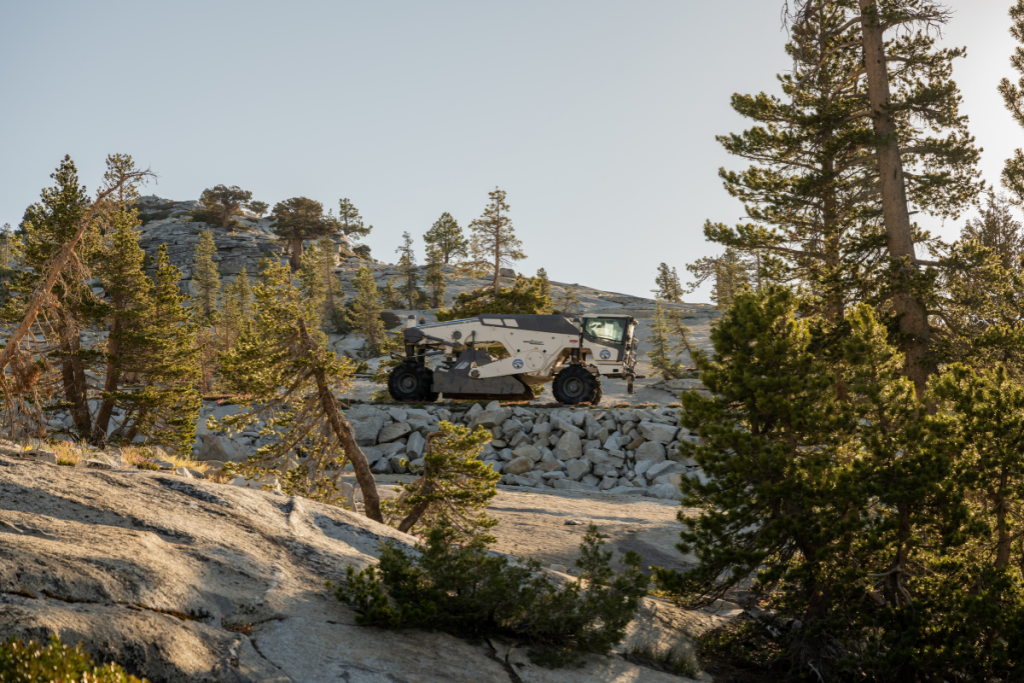
Tioga Road, however, usually remains closed until late June due to snow. Although it limits access to some parts of the park, it brings an added perk – fewer crowds. With fewer visitors, you can enjoy the park’s wonders relatively undisturbed.
As you plan your trip, here are a few expert tips to enhance your spring visit in 2024:
- Be flexible with your plans. Weather in spring can be unpredictable and may affect access to some trails and roads.
- Arrive early in the day to secure parking and avoid the late morning and afternoon visitor rush.
- Wear appropriate clothing. Spring temperatures can vary greatly, so pack layers and waterproof items for potential spring showers.
Don’t forget to bring your camera; you won’t want to miss capturing this season of renewal in Yosemite Valley!
Summer (July to September)
A special ethos takes over Yosemite National Park during the summer months. With long, warm days and clear blue skies, Yosemite Valley shimmers in all her splendor from July to September.
Summer brings with it full access to the park. The high-country trails become accessible, including those along Tioga Road, which generally opens fully by July. The dazzling views from Glacier Point reach their zenith and offer vistas of emerald-green meadows, stark granite peaks, and the twinkling night sky in a way that’s distinctively summer.
The range of summer activities is expansive, from leisurely strolls to endurance-testing hikes. For a refreshing break, take a plunge in the park’s crisp, clear rivers and streams or picnic in the inviting meadows. Wildlife is also abundant during summer, with sightings of bears, mule deer, and the keen-eyed peregrine falcons offering unique thrills.
However, summer in Yosemite is also the peak tourist season. The combination of glorious weather, school holidays, and the opening of all trails means the park sees many visitors. While this vitality can be invigorating, it can also mean crowded trails and congested roads.
Here are some expert tips for your summer 2024 visit:
- Arrive early or in the late afternoon to avoid the most traffic.
- Take advantage of the shuttle buses to navigate Yosemite Valley and Mariposa Grove.
- Make reservations early. Summer campsites, accommodations, and activities can be booked out very quickly.
- Pack plenty of water and sun protection. Yosemite’s summer sun can be intense.
The perfect blend of adventure, natural beauty, and serene moments create an unforgettable experience. So, gear up, plan intelligently, and get ready to create your own Yosemite story this summer!
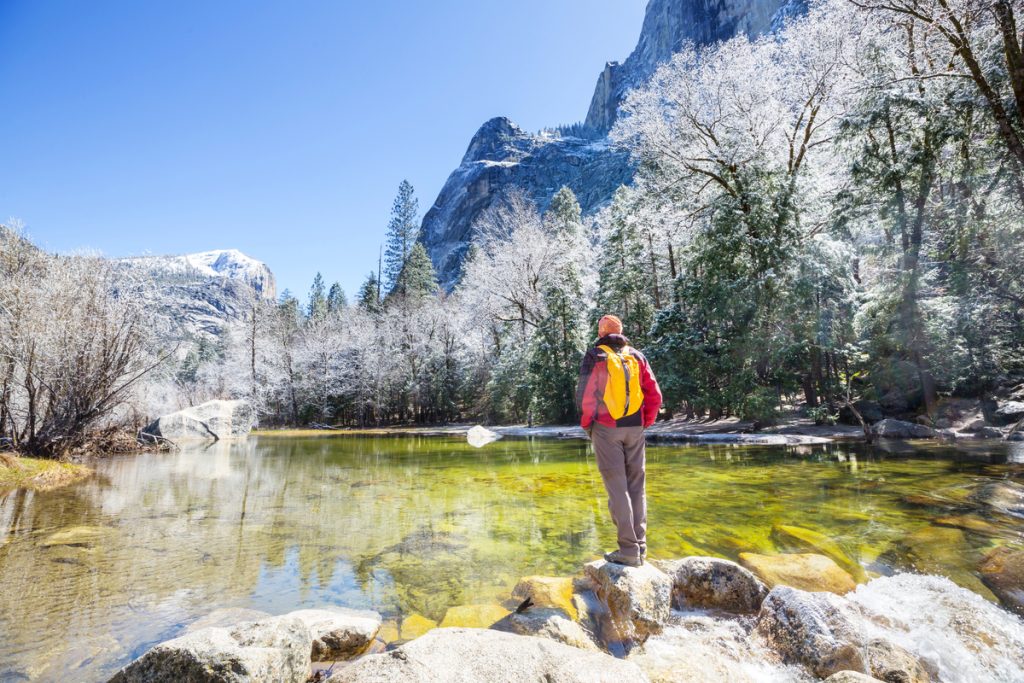
Clothing Tips: Dressing For Your Yosemite Trip
Dressing appropriately is essential for your comfort and safety:
- Layer up: The weather in Yosemite can be unpredictable, so prepare for warm and cold conditions. Start with moisture-wicking base layers, followed by insulating layers (fleece or down), and finish with a waterproof/windproof shell.
- Footwear: Comfortable, waterproof hiking boots with good ankle support are necessary. Pack extra socks to keep your feet warm and dry.
- Head Protection: A wide-brimmed hat or cap for sun protection and a warm hat or beanie for cold weather.
- Accessories: Gloves, a scarf, and neck gaiter for colder days. Sunglasses and sunscreen are crucial to shield against harmful UV rays.
Other Travel Tips To Make The Most of Your Trip
Maximize your experience and minimize inconveniences with these tips. Purchase the America the Beautiful Pass if you plan to visit multiple national parks within the year.
Enter the park early in the morning or later in the afternoon to avoid peak visitor hours. Use the free shuttle service within the park to reduce traffic congestion and parking hassles.
The Fall Visit (October to November)
Few experiences can rival the unique charm of visiting Yosemite National Park during the fall months of October and November. The changing season infuses the park with a serene beauty, creating an enchanting contrast to the bustle of the summer months.
Fall in Yosemite National Park is synonymous with a canvas of striking colors. Yosemite Valley shimmers with gold as deciduous trees ignite into fiery red, orange, and yellow hues. The alpine glow on granite icons, including Half Dome and El Capitan, intensifies, weaving a golden tapestry beneath the crystalline blue skies.
The park’s environment undergoes notable changes, with milder day temperatures and crisp nights. This means you can enjoy the thrills of Yosemite’s hiking trails, like the popular Mist Trail, with fewer crowds and in more pleasant weather. Additionally, fall is the time when animals prepare for winter, making wildlife watching particularly interesting.
Here are some expert tips for your 2024 fall visit to Yosemite:
- Enjoy a sunrise or sunset at Horsetail Fall to witness the fiery ‘Firefall’ phenomenon during a clear October evening.
- Book accommodations at least a year in advance if you decide to visit during the popular Columbus Day weekend.
- Make sure to bring layers. Daytime can still be warm in fall, but nighttime temps drop significantly.
The fall months offer the majestic colors of Yosemite’s foliage, pleasant weather minus the summer crowds, and unique wildlife sightings. This makes October and November not only a great time to visit Yosemite but potentially the best time of year.
Accommodation Tips — Stay Comfortably Within Your Budget
- Book in advance: Lodging within the park is limited, so reserve your accommodations well before your visit.
- Consider nearby towns: El Portal, Mariposa, and Groveland offer various lodging options outside the park at potentially lower costs.
- Camping: Reserve a campsite in the park through Recreation.gov or explore nearby national forests and private campgrounds.
Reducing Costs
- Off-peak season: Travel during shoulder seasons (spring/fall) for lower accommodation rates and fewer crowds.
- Bring your own food: Dining options within the park can be expensive, so consider packing a cooler with meals and snacks.
- Carpool or use public transportation: Save on entrance and parking fees by sharing rides or utilizing Yosemite’s bus system.
Exploring Yosemite During Winter (December to March)
Winter’s arrival transforms Yosemite National Park into a breathtaking canvas of snow and ice, offering a starkly beautiful and serene backdrop often overlooked when considering the ‘best time to visit Yosemite.’ Between December and March, the granite cliffs and waterfall landscapes adopt an ethereal beauty as they are mantled by winter snow.
Despite potential constraints like road closures to Tioga and Glacier Point and varying weather conditions, the Yosemite Valley stays abuzz with winter activities. Enjoy cross-country skiing at the historic Badger Pass Ski Area, embark on ranger-guided snowshoe walks, or simply capture the mesmerizing allure of frosted landscapes.
Consider these expert tips for your 2024 winter visit:
- Stay abreast of the latest park and weather updates.
- Dress in layers to deal with daytime and nighttime temperature contrasts.
- Don’t forget to experience the joy of ice skating at Yosemite’s Curry Village Ice Rink.
Romantic Hotspots for Couples
Yosemite is an enchanting destination for couples. Joining a guided tour offers various benefits, including expert knowledge of the park’s history, geography, and wildlife. Research tour operators to find packages that match your interests and budget.
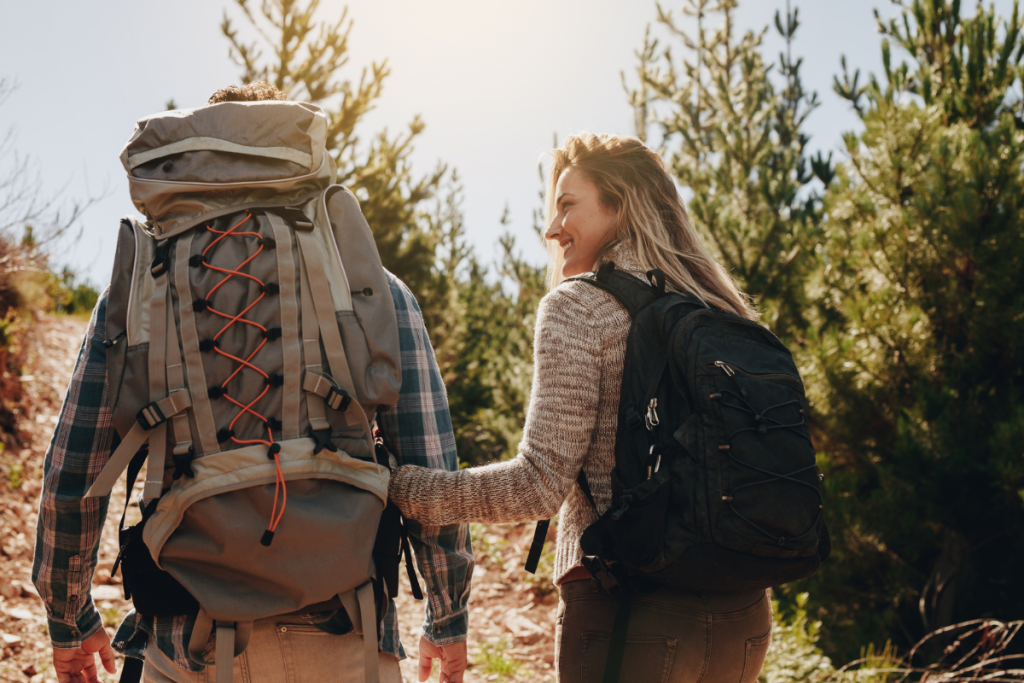
Some recommended experiences include:
- A memorable hike to Yosemite Falls or Glacier Point
- A scenic picnic at Tunnel View or Mariposa Grove
- Stargazing at Glacier Point’s amphitheater on a clear night
- A candlelit dinner at The Ahwahnee Hotel
With these expert tips in hand, you’re well on your way to making the most of your unforgettable Yosemite adventure. Take time to explore the park’s astounding beauty, immerse yourself in the tranquility of nature, and embrace the spirit of adventure.

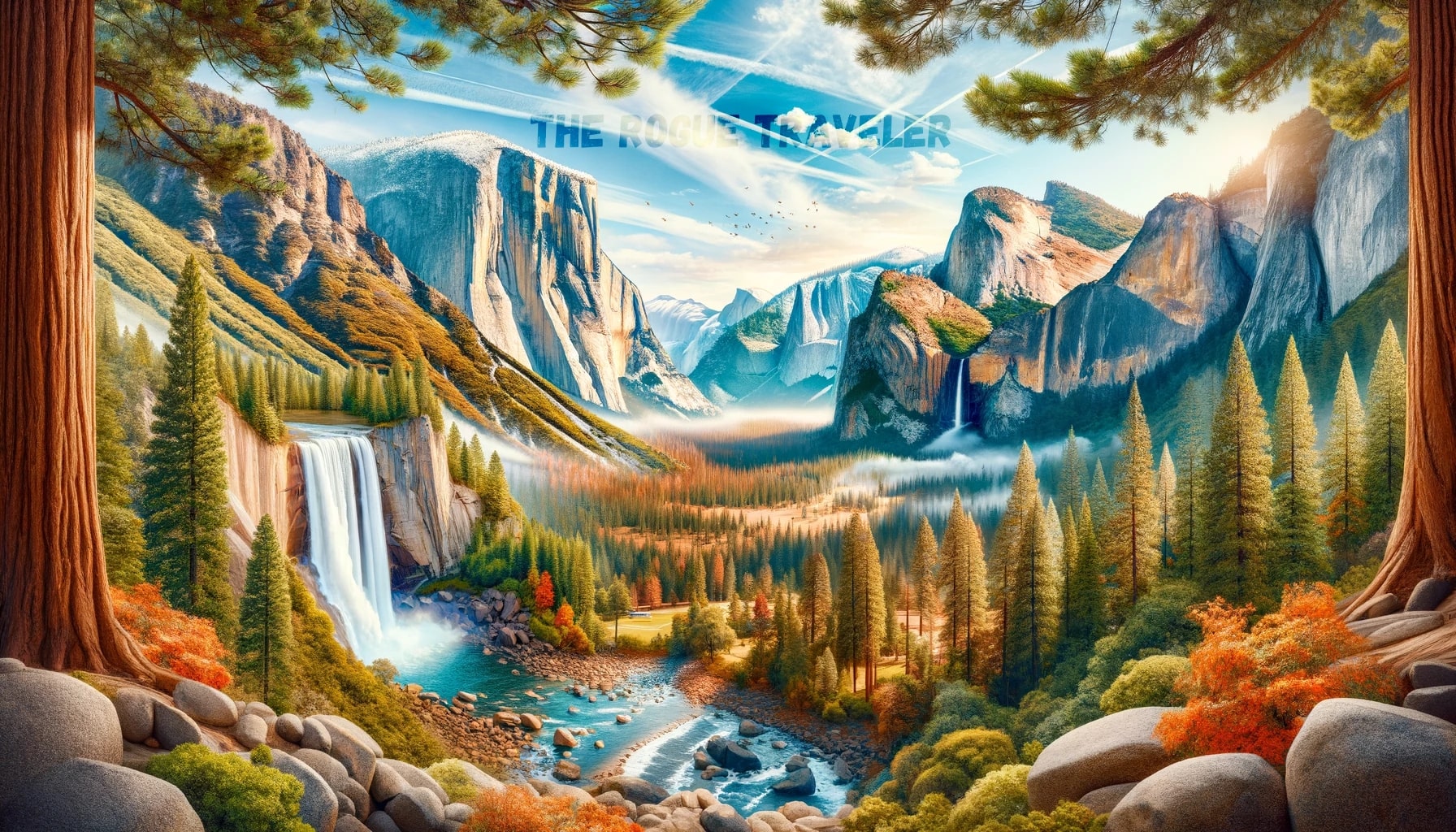

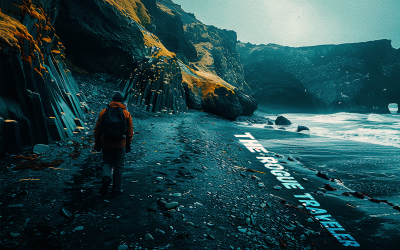

0 Comments